Can LED Lights Catch On Fire? Understanding The Safety Of LED Lighting January 15, 2024 – Posted in: General Info
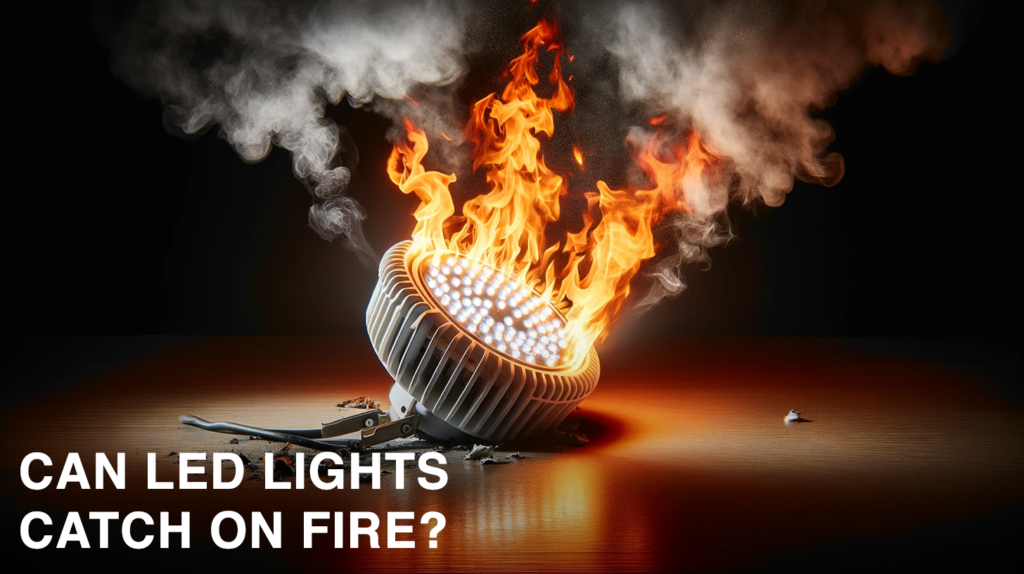
Table of Contents
Ever found yourself pausing with a slight sense of apprehension, your finger just inches from the light switch, as you ponder whether those LED lights might morph into a fire-starting foe? Yeah, that moment of doubt can be a real mood dimmer.
But hey, let’s clear the air – despite our well-intended caution, LEDs are actually engineered to keep their cool and typically don’t turn traitor with flames. In this post, we’re spilling all the enlightening details on LED lighting safety.
From smart usage tips to essential safeguards – we’ve got you covered because we totally get that “bright and safe” is how you want your corner of the world to shine. Ready to get enlightened on this topic? Let’s glow for it!
Key Points
- LED lights are safer than old bulbs because they don’t get very hot and are less likely to start a fire.
- Even though LEDs are cool, if they’re not used right or are broken, they can become dangerous. Make sure you install them correctly and check for damage.
- Always pick the correct LED size and wattage for your fixture to prevent overheating. Keep plugs and outlets dry to avoid electrical risks.
- Most LEDs can last a really long time – between 35,000 to 50,000 hours or more! They stay safe even when left on all night.
- Professional – grade LED strips with good heat management are best for safety, especially when using around wood or fabric that could catch fire easily.
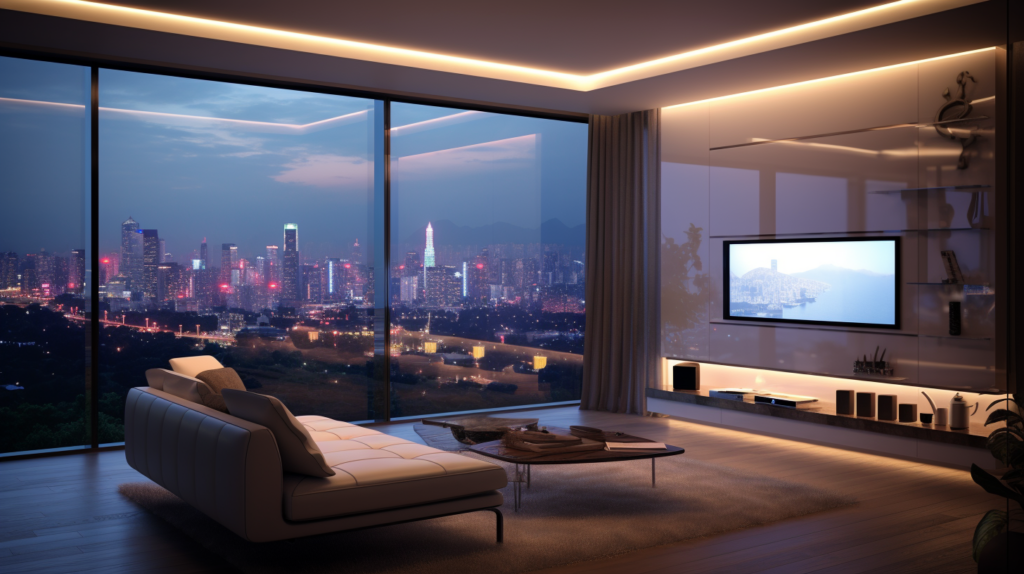
The Safety Question: Can LED Lights Catch Fire?
The truth is they are very safe to use but not zero. Unlike incandescent bulbs, which can get quite hot, LEDs stay cool and seldom lead to problems like fires.
They don’t get hot enough to light things on fire, which makes them a reliable choice when it comes to lighting our homes.
Sometimes LED lights can be involved in a fire if there’s bad wiring or too many things using power at once in your house. But as long as we install them right and use them wisely, these little lights are very safe for everyday use.
Comparing LEDs with Incandescent Bulbs and Traditional Lights
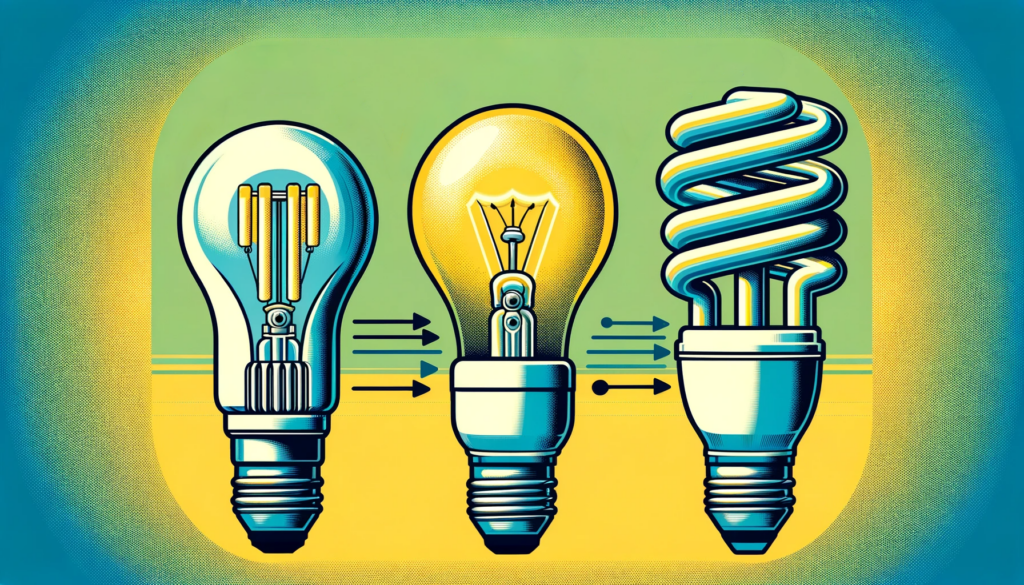
Heat Generation
LED lights are cool. They don’t make much heat when they shine. Unlike old bulbs, like incandescent ones that get really hot, LED lights stay quite cool. Incandescent bulbs can turn 90% of their energy into heat, making them hot to touch.
But LEDs? They’re different. They only use a small bit of energy for light and hardly any for heat.
This means LED lights are safer around stuff that could catch fire. You don’t have to worry about them getting hot enough to start a fire like traditional light bulbs might. And because they keep things cooler, you can use LED lights in more places without fear.
| Bulb Type | Approximate Operating Temperature (°C) |
| LED | 35°C – 55°C |
| Incandescent | 100°C – 200°C |
| Halogen | 200°C – 400°C |
| CFL | 40°C – 60°C |
| Metal Halide | 800°C – 1200°C |
| High-Pressure Sodium (HPS) | 250°C – 400°C |
| Low-Pressure Sodium (LPS) | 300°C – 350°C |
Longevity
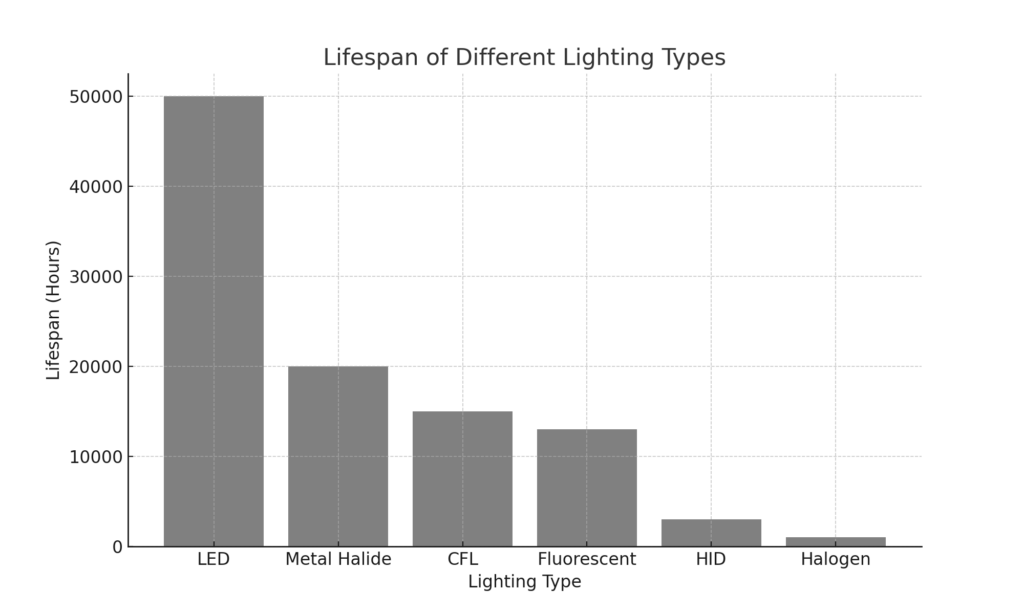
LEDs shine for a quite a long time. They can last up to 50,000 hours or even more! This is way longer than old-school incandescent bulbs.
Our LED lights are built tough too. They use less energy and keep cool over many years of use. With LEDs in your home, you can enjoy bright light without worrying about replacing them all the time.
Fire Risks
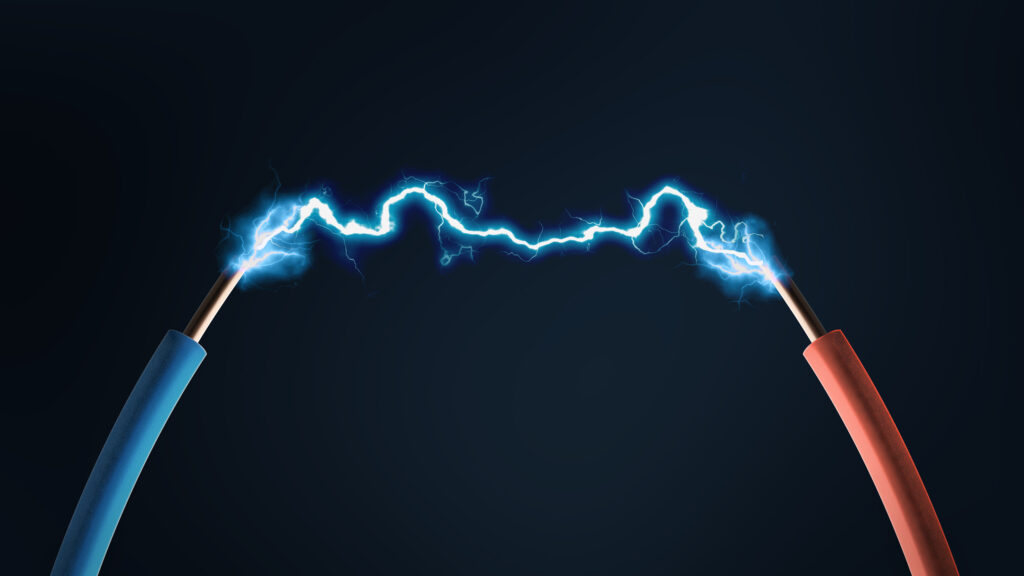
LED lights are much safer than old-style bulbs when we talk about fire risks. They don’t get as hot, so they’re less likely to start a fire.
We also need to think about how long LEDs can work without getting too warm. They’re designed to last for hours on end and still not overheat. Incandescent bulbs, though, get really hot very fast and could break or create sparks that may cause a fire hazard. LED bulbs are also not pressurized like metal halide or incandescent bulbs which further reduces safety risks.
This makes LED lights a safer choice for lighting up our homes and offices without worrying too much about them causing fires.
Factors Associated with LED Lights that can pose a Fire Hazard

We need to be careful with LED lights, even though they’re not likely to start a fire. Sometimes, if we don’t use them right or if they are broken, they could become dangerous. If a light is set up wrong or has wiring issues, too much electricity might go through it. Incompatible dimmers can also contribute to a higher risk of fires.
This can make the light too hot and that heat could cause something nearby to catch fire.
It’s also important for us to pick the right kind of LED for our home. Putting a powerful LED in a small space where air can’t move around well could make things too warm. And if flammable materials like paper or cloth get too close to a hot light, this raises the risk of starting a fire.
Safety Precautions for Using LED Lights
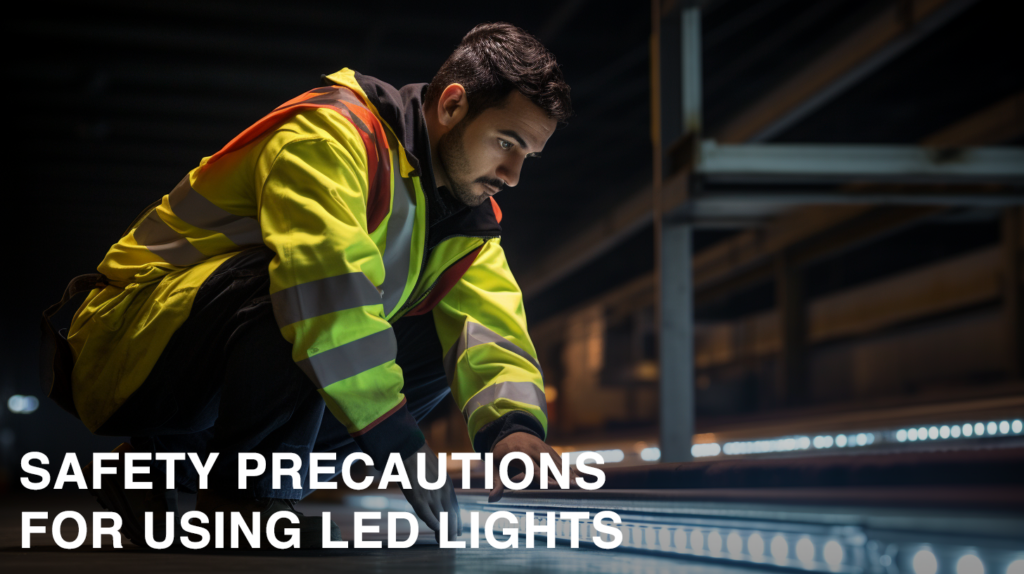
While LED lights are a safer option compared to traditional lighting, it’s crucial we adhere to certain safety precautions. Ensuring the correct usage can significantly reduce any risk of fire and keep our homes illuminated without incident.
Correct Sizes and Wattage
We need to make sure our LED lights match the lamp or fixture we use. Picking the right size and wattage is important to prevent overheating. Each light socket has a maximum wattage for bulbs.
If we put in an LED that uses less power than this number, it’s safer. One of the most common mistakes we see is connecting a low voltage LED bulb to main line (120V+). This is sure to trip the circuit breaker and cause sparks.
It’s good practice to check what kind of bulb our fixtures are made for. Some lights work better with certain LEDs. Using the correct type helps avoid too much heat and keeps things safe at home or work.
Always look for high-quality LED strips or bulbs that are UL or ETL certified because they manage heat well and lower fire risks even more.
Signs of LED Light Damage
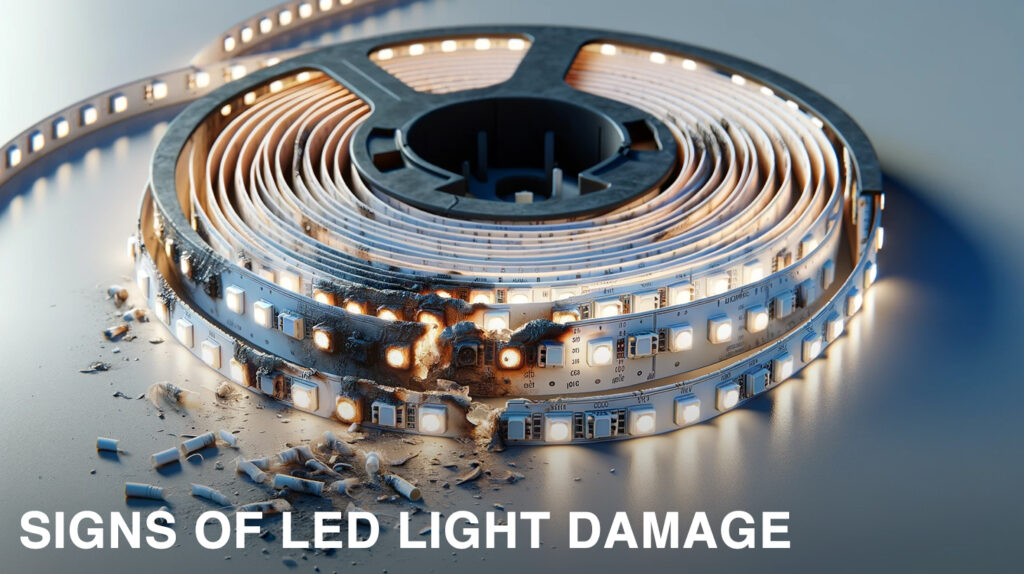
LED lights are very popular because they’re safe and last a long time. But even these lights can get damaged. Here’s how you can tell:
- Flickering or dimming: If an LED light starts flickering or seems less bright than before, it might be damaged. This could be from bad parts or loose wires.
- Color changes: LEDs should keep the same color. When you see the light change to a different shade, it’s often a sign something is wrong inside.
- Buzzing sounds: Good LED lights are silent. A buzzing noise can mean there’s trouble with the electrical bits in the light.
- Overheating: These lights usually stay cool. If an LED feels really hot to the touch, that’s not normal and could be risky.
- Burn marks: Dark spots on the bulb or base of your LED could mean it got too hot. This heat might harm the circuit inside.
- Broken lens: The cover over an LED is important. If it cracks or breaks, dust and water might get in and cause problems.
LED Lighting Water Hazards

Water and electricity are a dangerous mix. We need to make sure we keep any plugs or outlets dry when using LED lights. This is very important for safety, because if water gets into an outlet, it can cause a short circuit.
That might lead to sparks or even worse, a fire.
Let’s take care to put our LED lights in places where they won’t get wet unless they’re designed for damp or wet locations. If we have lights near sinks, tubs, or outside where rain can reach them, we should use covers that keep out the water.
How Long Can LED Lights Safely Run?
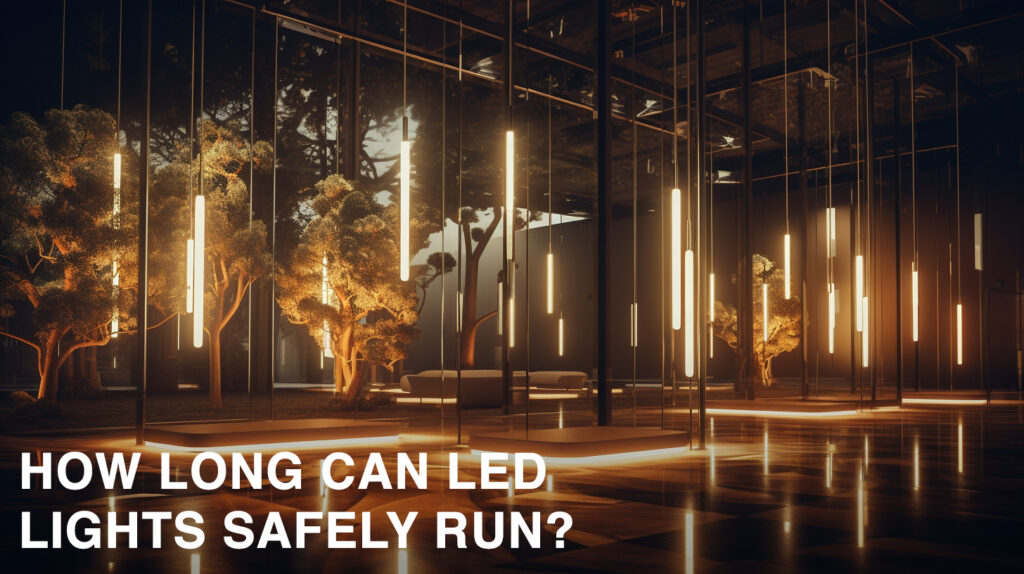
LED lights are known for their long-lasting life. They can keep shining for a very long time without getting too hot.
Here’s what you need to know about running LED lights:
- Most LEDs can last between 35,000 to 50,000 hours. Some high-quality ones may even reach up to 100,000 hours.
- Heat is not a big problem with LED lights because they produce less heat than other bulbs like incandescent or halogen lights. This means they are safer and can run longer without overheating.
- It’s okay to leave LED string lights on all night since they have low heat emission. You can safely use them as nightlights or decorative lighting.
- Always check that the LED light does not show any sign of damage before using it for extended periods. If you damage the LED, we recommend replacing the lights.
- Make sure your LED strips are installed properly with enough space for air to flow around them. This helps keep the temperature down and prevents overheating.
- Use professional-grade LED strip lights if possible because they usually come with better heat dissipation features which lower the risk of fire from prolonged use.
- Keeping LEDs in led channels also helps manage the heat well so the light stays cool even after being on for many hours.
- If you plan to put the led strips on wood or near paper or cotton materials, ensure there is good distance and proper installation since these materials can catch fire easily if heated enough.
Always follow manufacturer instructions and local safety codes when installing and using LED lighting in your home or workspace.
Frequently Asked Questions About LED Lighting Safety

Can I keep LED lights on for a long time cause a fire?
LED lights are very safe and not likely to cause a fire. LEDs produce light at a lower temperature and are safe to leave on for extended periods. They are not hot enough to cause to cause fires when installed properly.
Are LED lights safe to put close to wood or fabric?
Yes, they are generally safe to put led lights close to wood or fabric because they don’t get hot enough to start a fire. LED strip’s can be installed on almost all surfaces safely.
Do LED strips catch fire easily?
Good quality LED strip lights generally come with safety certifications and almost never catch fire when installed correctly.
What should I do if I see damage on my LED light?
Stop using it immediately. Damage could lead to other dangers, so it’s best to replace damaged LEDs.
How do I make sure my LED lights are installed safely?
Follow the manufacturer’s instructions closely and consider getting help from a professional if you’re unsure.
Is it safe to touch an LED bulb that has been on for hours?
Yes, these bulbs stay cool enough that they won’t burn your skin if you touch them.
Are LEDs safer than incandescent lights or halogen bulbs?
They run at a lower temperature and use less energy, making them safer overall than traditional incandescent bulbs which can get quite hot.
Can water cause problems with LED lighting?
Keep outlets and plugs away from water to prevent any risk of short circuits or electric shocks. Only use wet or damp certified products in those conditions.
How can I ensure proper heat dissipation for my LEDs?
Make sure there is enough space around the LEDs for air to flow and dissipate heat effectively. LED light bulbs operate longer and better in cooler temperatures.
If an LED light breaks, is it dangerous?
The materials inside aren’t harmful like those in fluorescent lights, but always clean up broken pieces carefully and avoid direct contact with the contents.
I have been the project manager for Modern.Place since early 2016, spending three of those years working overseas on the manufacturing & procurement side of the LED lighting industry. Constantly learning and passing on knowledge to others while excited for what the lighting industry will involve into next.


1 Comment
Cody Di Giacinto March 20, 2024 - 08:10
The leds I like but the problem with them is that they get really bright for me. I only use them is because they look nice and safe to use in a dimmer switch.